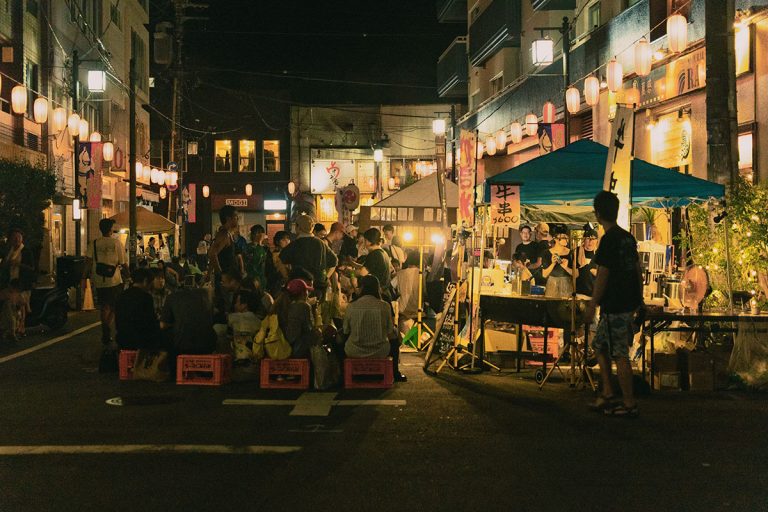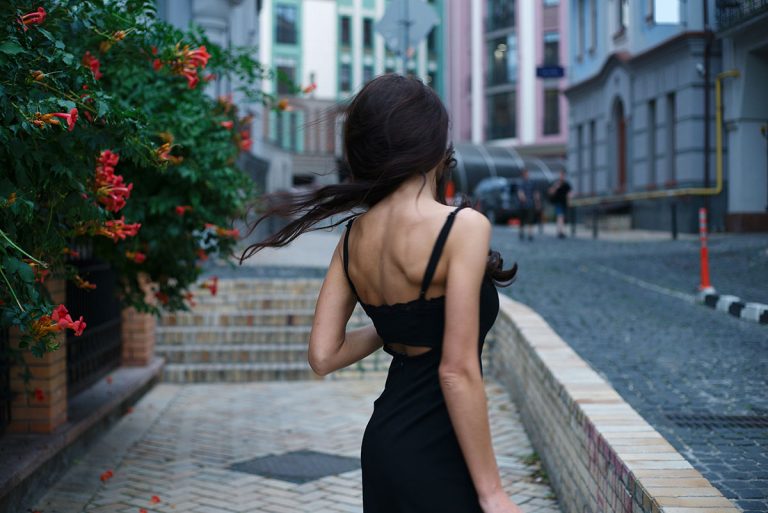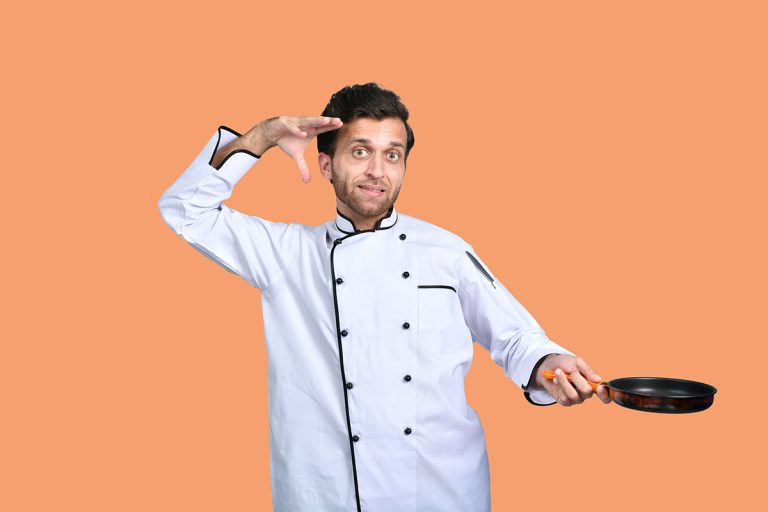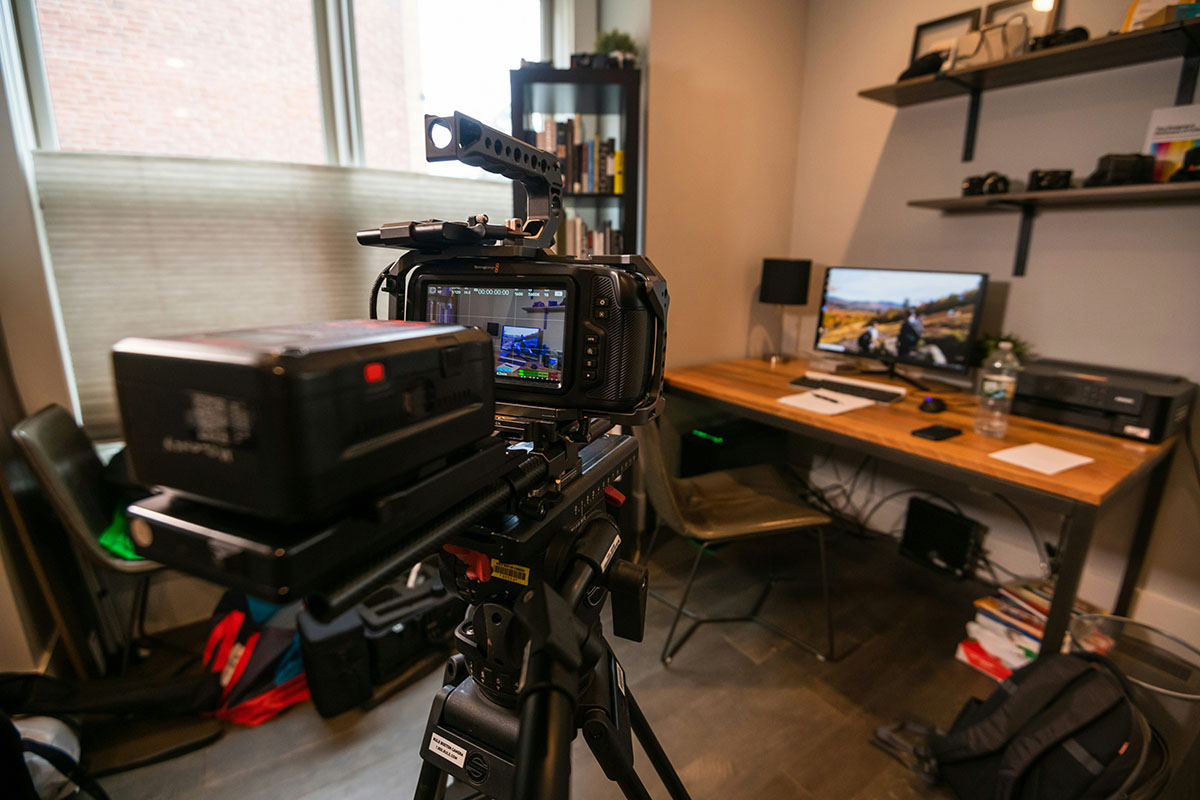
The art of creating scroll-stopping flat lay content has evolved into a sophisticated blend of food styling and fashion curation. Today’s most successful influencers understand that viral flat lays aren’t just about pretty arrangements – they’re strategic visual stories that combine aspirational lifestyle elements with authentic personal branding. When food meets fashion in perfectly curated flat lays, the results can generate massive engagement and establish lasting audience connections.
Creating content that consistently performs requires understanding both the technical aspects of flat lay photography and the psychological triggers that make viewers stop scrolling. The most successful food and fashion flat lays tap into viewers’ desires for aesthetic inspiration, lifestyle aspiration, and visual satisfaction while maintaining authentic personal expression.
Understanding the Viral Flat Lay Formula
The Psychology Behind Scroll-Stopping Content
Viral flat lays work because they satisfy multiple psychological needs simultaneously. They provide visual order in chaotic social feeds, offer aspirational lifestyle glimpses, and create satisfying symmetry that our brains find inherently pleasing. The combination of food and fashion elements adds layers of meaning – suggesting taste, style, and curated living that viewers want to emulate.
Successful flat lays also trigger the “screenshot effect” – content so visually appealing that users save it for inspiration. This behavior signals high engagement to Instagram’s algorithm while building lasting connections with your audience who return to your saved content repeatedly.
Essential Elements of Share-Worthy Compositions
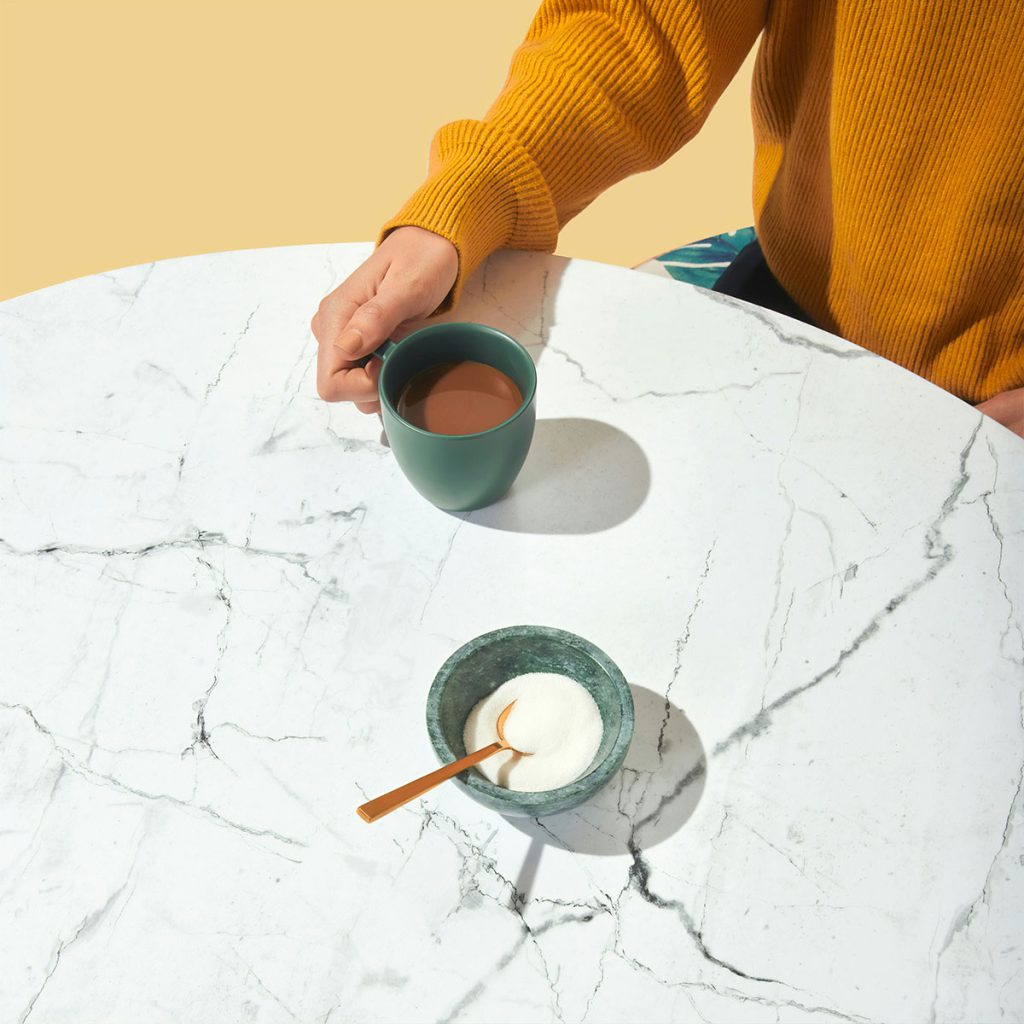
Every viral flat lay contains specific elements that work together to create visual impact. A focal point draws the eye immediately, supporting elements create visual flow, and negative space prevents overwhelming busy-ness. The most engaging flat lays tell stories through carefully selected props that reflect personality and lifestyle authenticity.
Color harmony ties everything together, whether through complementary palettes, monochromatic schemes, or strategic accent colors that create visual interest. The key lies in intentional color choices that feel cohesive rather than accidental.
Mastering Food and Fashion Color Coordination
Creating Cohesive Color Stories
The most successful flat lays use color as their primary unifying element. Start by selecting a base color palette of 2-3 main hues, then add accent colors sparingly for visual interest. Neutral backgrounds allow colorful food and fashion elements to shine without competing for attention.
Consider seasonal color trends when planning flat lay palettes. Spring calls for fresh pastels and vibrant greens, while autumn favors warm oranges, deep burgundies, and rich browns. Aligning your color choices with current seasonal trends increases the likelihood of content resonating with broader audiences.
Food Colors That Photograph Beautifully
Certain foods consistently perform well in flat lay photography due to their natural visual appeal. Bright fruits like strawberries, oranges, and avocados provide vibrant color pops, while coffee, chocolate, and baked goods offer rich, appealing browns that complement most fashion pieces.
Colorful beverages in clear glasses add height variation and visual interest. Smoothies, lattes with latte art, and infused waters create Instagram-friendly focal points that photograph beautifully alongside fashion accessories.
Fashion Elements That Enhance Food Photography
Accessories work better than clothing in flat lays due to their manageable size and visual impact. Silk scarves, designer handbags, jewelry, and shoes provide fashion context without overwhelming food elements. Choose pieces with interesting textures, patterns, or metallic finishes that catch light attractively.
Sunglasses add instant glamour while watches suggest lifestyle sophistication. These accessories imply personal style and affluence without requiring full outfit displays that might compete with food for attention.
Technical Excellence in Flat Lay Photography
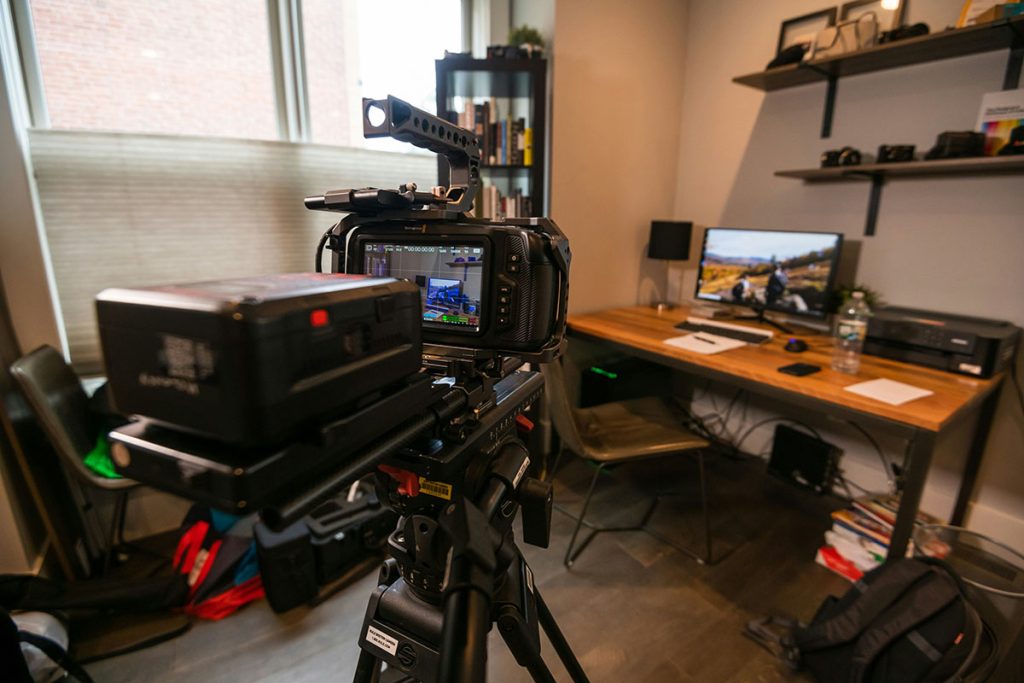
Lighting Strategies for Maximum Impact
Natural light remains the gold standard for flat lay photography, but understanding how to manipulate it separates amateur content from professional-looking posts. Diffused morning light through large windows provides even illumination that enhances both food textures and fashion details without harsh shadows.
Avoid direct sunlight that creates unflattering shadows and washes out colors. If natural light isn’t available, invest in continuous LED lighting with diffusion panels that mimic natural window light. Ring lights work well for adding catchlight to reflective surfaces like jewelry or glassware.
Composition Rules That Drive Engagement
The rule of thirds applies to flat lays just as it does to traditional photography. Place key elements along intersection points rather than centering everything, which creates more dynamic and visually interesting compositions. Odd numbers of objects feel more natural and appealing than even groupings.
Create visual triangles using three main elements of different heights and sizes. This technique guides the viewer’s eye around the composition while maintaining visual balance. Leading lines formed by knife handles, jewelry chains, or fabric edges help direct attention to focal points.
Camera Angles and Shooting Techniques
Perfectly overhead shots require proper setup for professional results. Use a tripod with an adjustable center column or overhead arm to achieve consistent 90-degree angles. Even slight tilts become obvious in flat lay photography and immediately signal amateur execution.
Shoot in square format to optimize for Instagram’s native dimensions, but capture wider frames that allow for cropping flexibility. This approach enables content repurposing across different platforms with varying aspect ratio requirements.
Content Planning and Theme Development
Building Cohesive Instagram Aesthetics
Successful influencers maintain visual consistency across their flat lay content through recurring color palettes, styling elements, and compositional approaches. Develop signature elements like specific props, surface textures, or color combinations that become associated with your personal brand.
Plan content in batches using mood boards that map out color stories, seasonal themes, and prop combinations. This systematic approach ensures variety while maintaining the cohesive aesthetic that encourages users to follow for consistent visual satisfaction.
Seasonal Trend Integration
Align flat lay content with seasonal food trends and fashion cycles to maximize relevance and shareability. Summer flat lays might feature iced beverages, fresh fruits, and light scarves or sunglasses. Winter content could include hot beverages, comfort foods, and cozy accessories like scarves or gloves.
Monitor trending hashtags and seasonal food movements to identify timely content opportunities. Pumpkin spice season, detox January, and summer fruit harvests all provide natural content themes that audiences actively seek.
Storytelling Through Strategic Prop Selection
Every prop in successful flat lays serves a narrative purpose beyond pure aesthetics. A passport suggests travel aspirations, while a notebook implies creativity and productivity. Books, magazines, and tech accessories communicate lifestyle values and interests that help audiences connect personally with content.
Choose props that authentically reflect your lifestyle and interests rather than following trends that don’t align with your personal brand. Authentic prop selection creates more compelling stories that resonate with engaged audiences.
Advanced Styling Techniques for Viral Success
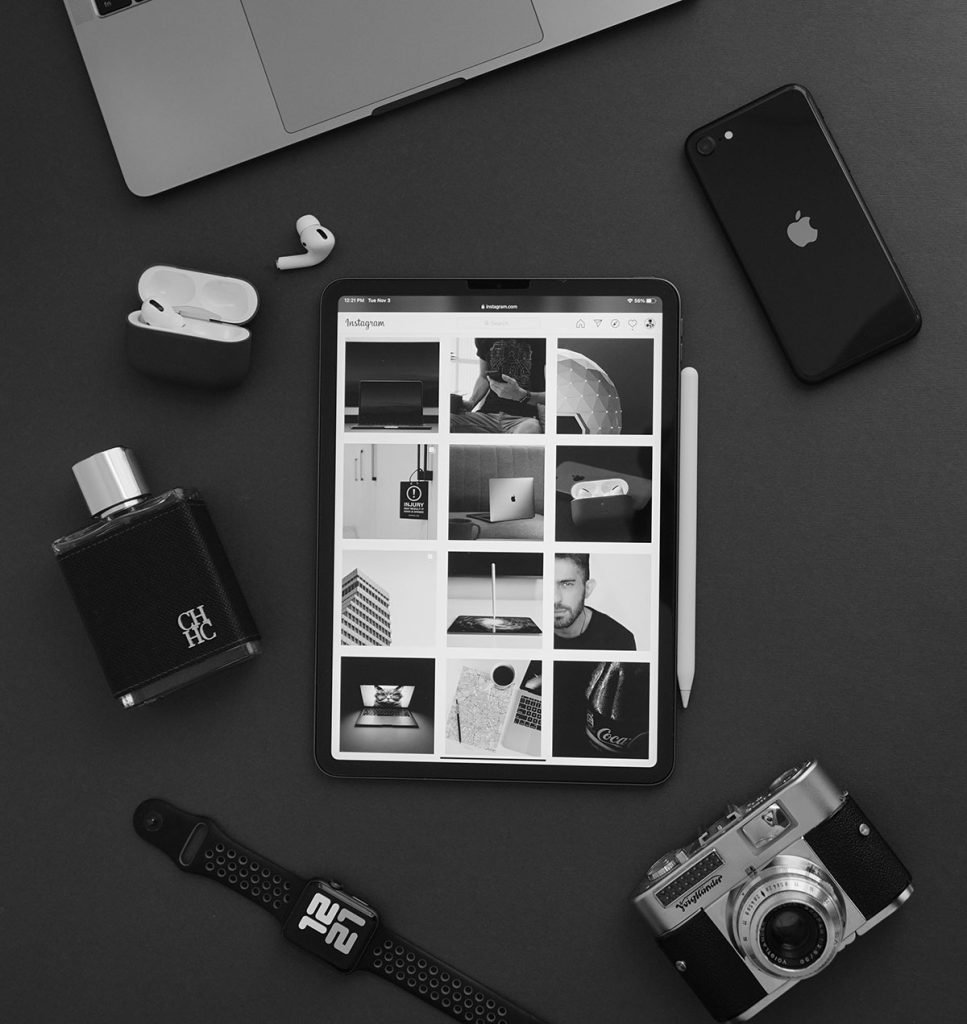
Texture Mixing for Visual Interest
Combine different textures to create tactile appeal that translates through photography. Pair smooth silk scarves with rough wooden surfaces, or contrast matte ceramics with shiny metallic accessories. These textural contrasts add sophisticated visual depth that elevates amateur flat lays to professional standards.
Layer different fabric textures like linen napkins, velvet jewelry pouches, or leather accessories to create rich, touchable compositions that viewers want to recreate in their own lives.
Height Variation and Dimensional Planning
Flat lays shouldn’t actually be completely flat. Strategic height variation using books, boxes, or small platforms creates more dynamic compositions that feel less static and more engaging. Use these elevation changes to highlight key elements while maintaining overall visual balance.
Stack books to create levels for displaying jewelry or small accessories. Use small bowls or plates to contain loose items like nuts, berries, or small fashion accessories that might otherwise create visual chaos.
Negative Space as a Design Element
Don’t feel pressure to fill every inch of your flat lay surface. Strategic negative space allows key elements to breathe and prevents compositions from feeling cluttered or overwhelming. Clean, minimalist approaches often perform better than busy, overfilled layouts.
Use negative space to guide attention toward focal points and create sophisticated, magazine-worthy compositions that stand out in crowded social feeds. Sometimes what you don’t include matters more than what you do.
Maximizing Engagement and Viral Potential
Hashtag Strategy for Discovery
Research and use relevant hashtags that connect your content with interested audiences. Mix popular general hashtags like #flatlay and #foodstyling with more specific niche tags like #morningflatlay or #fashionfoodie. This approach balances broad discovery potential with targeted audience engagement.
Create branded hashtags for your signature style or recurring content themes. Encourage followers to use these hashtags when recreating your flat lays, building community engagement around your content aesthetic.
Timing and Posting Optimization
Post flat lay content when your audience is most active, typically during morning coffee time or evening wind-down periods when people browse Instagram for inspiration. Monitor your Instagram insights to identify peak engagement windows specific to your audience demographics.
Consider time zones if you have international followers, and test different posting times to optimize for maximum reach and engagement across your entire audience base.
Frequently Asked Questions
Q: How many elements should I include in a successful flat lay?
A: Aim for 5-9 elements including food, fashion accessories, and props. Too few looks sparse while too many creates visual chaos that reduces impact.
Q: What’s the best surface for food and fashion flat lays?
A: Neutral surfaces like white marble, light wood, or textured fabric work best as they don’t compete with your styled elements for attention.
Q: How do I make my flat lays look less staged and more authentic?
A: Include imperfect elements like crumbs, slightly asymmetrical arrangements, or casual props like headphones or keys that suggest real life moments.
Q: Should I use the same props repeatedly in my flat lays?
A: Yes, signature props help build brand recognition, but rotate them with new elements to maintain visual interest and prevent content from becoming predictable.
Q: What’s the most important factor for creating viral flat lay content?
A: Consistent aesthetic combined with authentic storytelling. Technical perfection matters less than creating content that resonates emotionally with your target audience.
